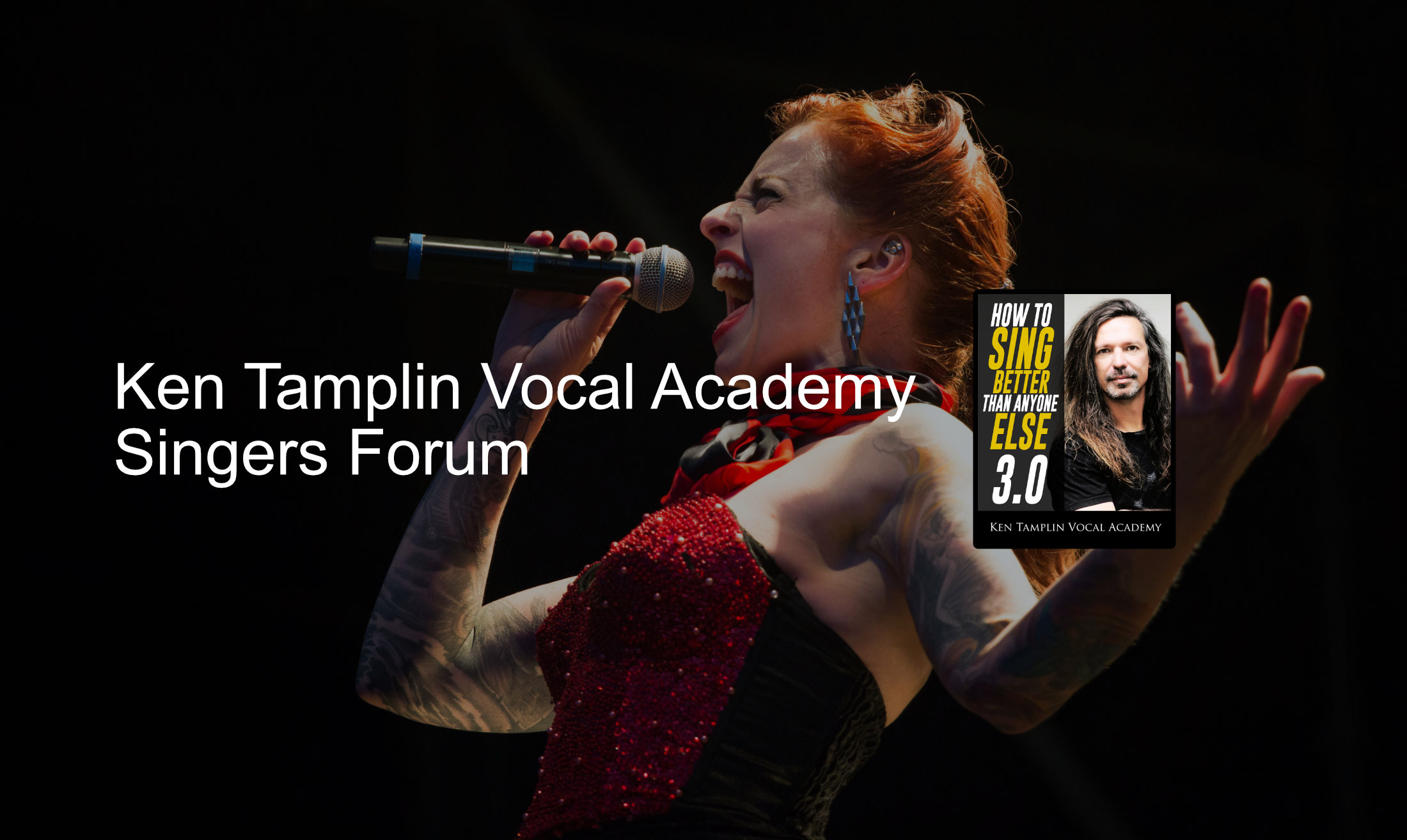Options
2 questions! Please! Have been stuck mentally on this.
Below on the video
1. How does he sing those higher parts of the song with the same tone and resonance of the lower ones? It's thick and full. When I try my voice gets lighter. Not volume wise but tonal wise. I want that full heavy tone on higher notes like him and other strong singers.
2. If too much air isn't healthy. How does he sing in a light airy manner on those soft parts?
 http://www.youtube.com/watch?v=nV3TIWgw9GY
http://www.youtube.com/watch?v=nV3TIWgw9GY
1. How does he sing those higher parts of the song with the same tone and resonance of the lower ones? It's thick and full. When I try my voice gets lighter. Not volume wise but tonal wise. I want that full heavy tone on higher notes like him and other strong singers.
2. If too much air isn't healthy. How does he sing in a light airy manner on those soft parts?
 http://www.youtube.com/watch?v=nV3TIWgw9GY
http://www.youtube.com/watch?v=nV3TIWgw9GY 

Comments
His voice won't last as long as it otherwise would if he continues using a lot of air.
It does sound good, but he uses a lot and it is likely to take a toll.
He is very expressive. He uses a lot of creaks, cracks, croaks, cries, air, volume changes, etc. to evoke a lot of emotion. I like what he's doing. It sounds good.
I'm not sure he will give up the airy sound for the sake of vocal longevity. He will last a while. I hope he lasts a long time. We'll see.
When he's up high, he has to scale back the tone to a tone that is appropriate for the note. It's a skill that is hard to learn. You have to make the high notes a "miniature version" of lower notes and their tonal qualities.
You can't pack all that tone up in the high spaces. But you can shed a lot of weight and still make a convincing mini-me of your chest voice. He's really good at that.
Notice that even when he is down low, he has a kind of transparent, thin, veil-like quality to his voice. That's a great springboard for where he's going later in the song. You can't start out GIANT and suddenly have a matching voice up high. But you CAN start out with a scaled-down voice down low and pass through the 4th dimension and appear in a different time-space continuum in a high, chesty-sounding belt voice that matches well with the lower version.
As Ken says, it's OK to use a little air, here and there. But if your style incorporates a lot of air a lot of the time, there will be a price to pay.
Bob
So when you say that when he's singing softly it's scaled down. Does that mean just by the volume? So that when he goes to the louder and higher notes he can use that low tone for the higher notes to belt? I really want to develop this skill so I want to understand it perfectly! Thank you so much. Also are there any exercises you recommend in the ktva for it? I have purchased volume 1 so far
You asked how he sings those higher parts with the same resonance and tone he is using down low. One of the ways to manage this is to miniaturize the tone before you go up and start out in a much lighter tone at the bottom. This makes it much easier to shed weight as you go up, and it's also not noticeable like it would be if you tried to start out Monster Big, and take that up to the stratosphere. It just won't fit.
It's kinda like you have to start out down low with something that will fit once you get up to your high destination. Otherwise, the bigger voice won't fit up in the rafters. While you're down low and pre-shrunken, you throw in a few tonal cues like creaks and croaks and groans that would normally go with a bigger-toned voice.
Also, be aware that some overdubbed vocals have a "breathy" track mixed in where the artist just makes a breathy track that is mixed into the overall composite vocal track. It is used for a feeling of intimacy and emotive impact. It may be an illusion.
Bob